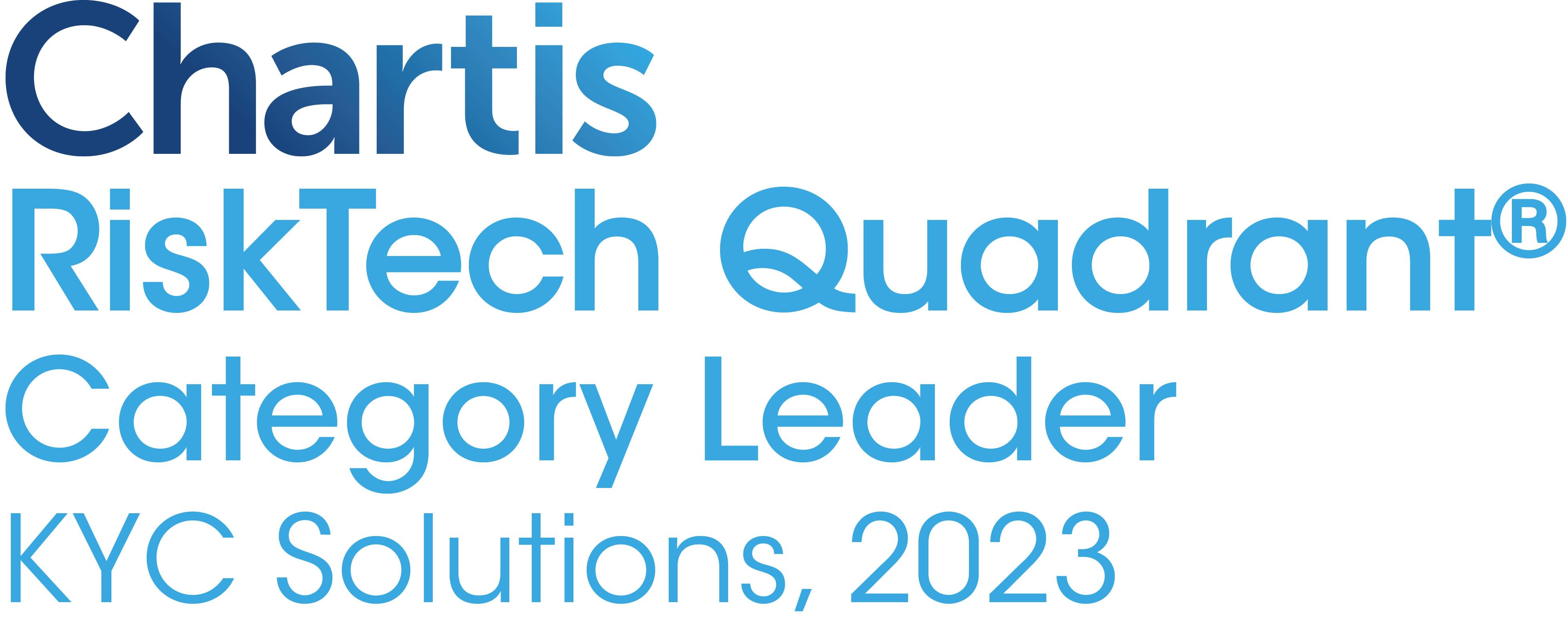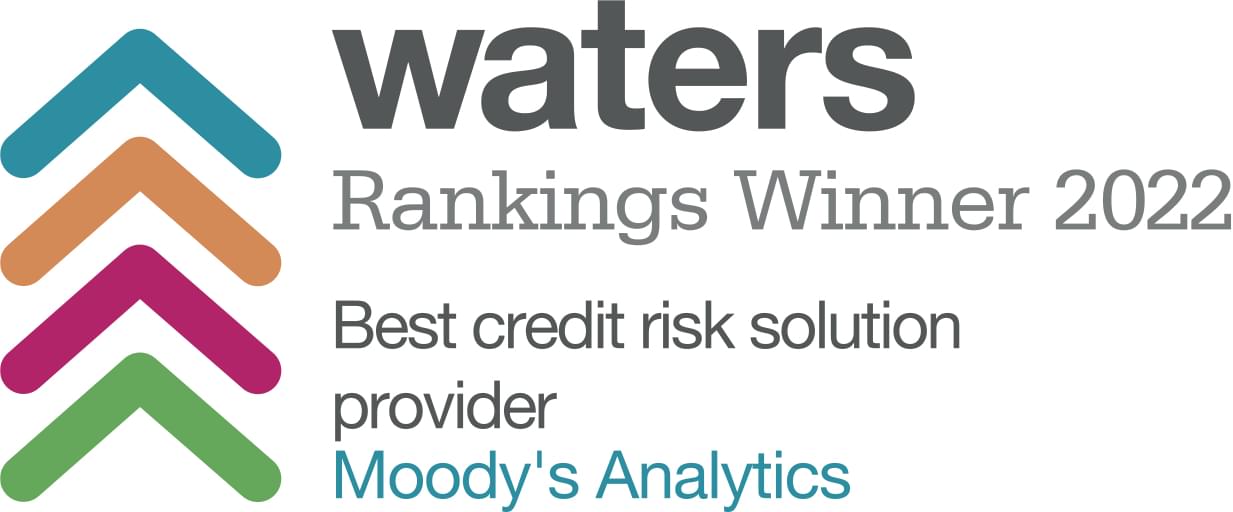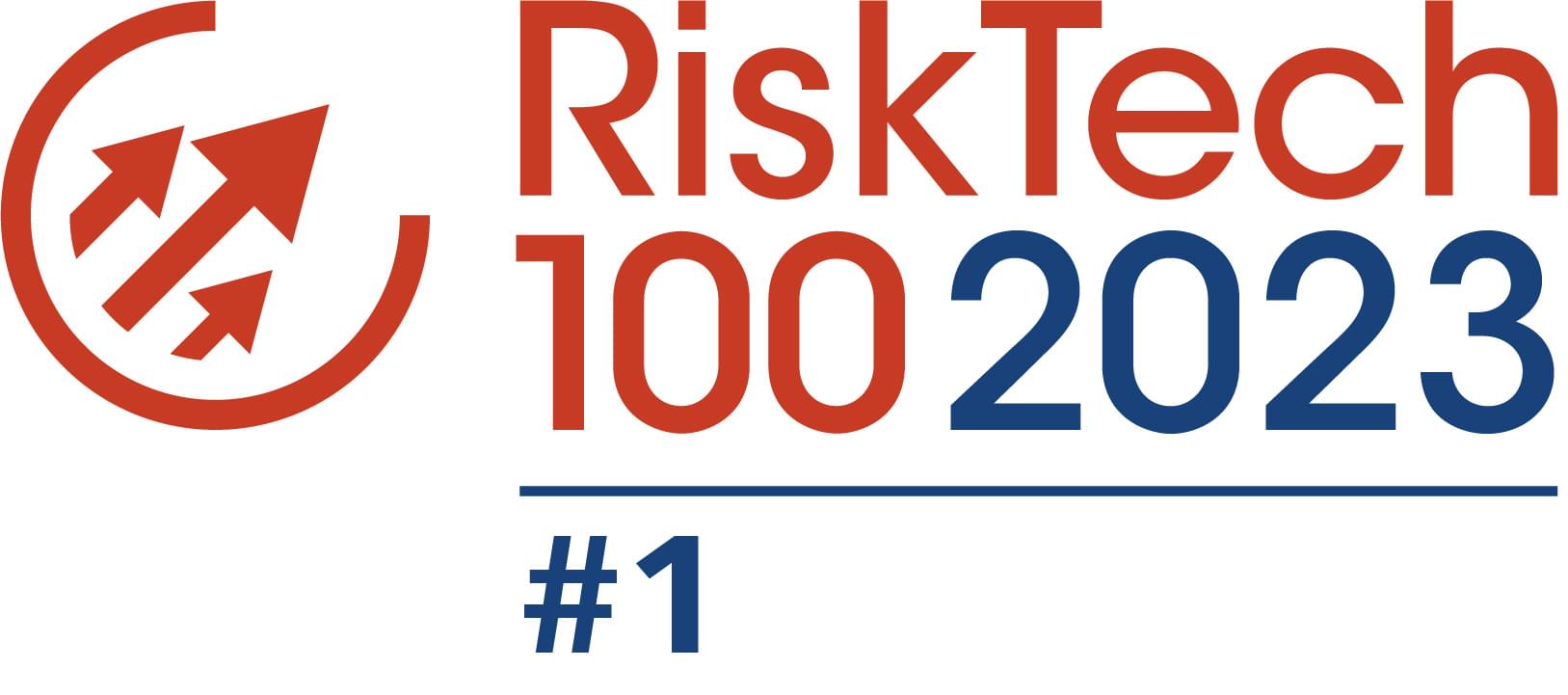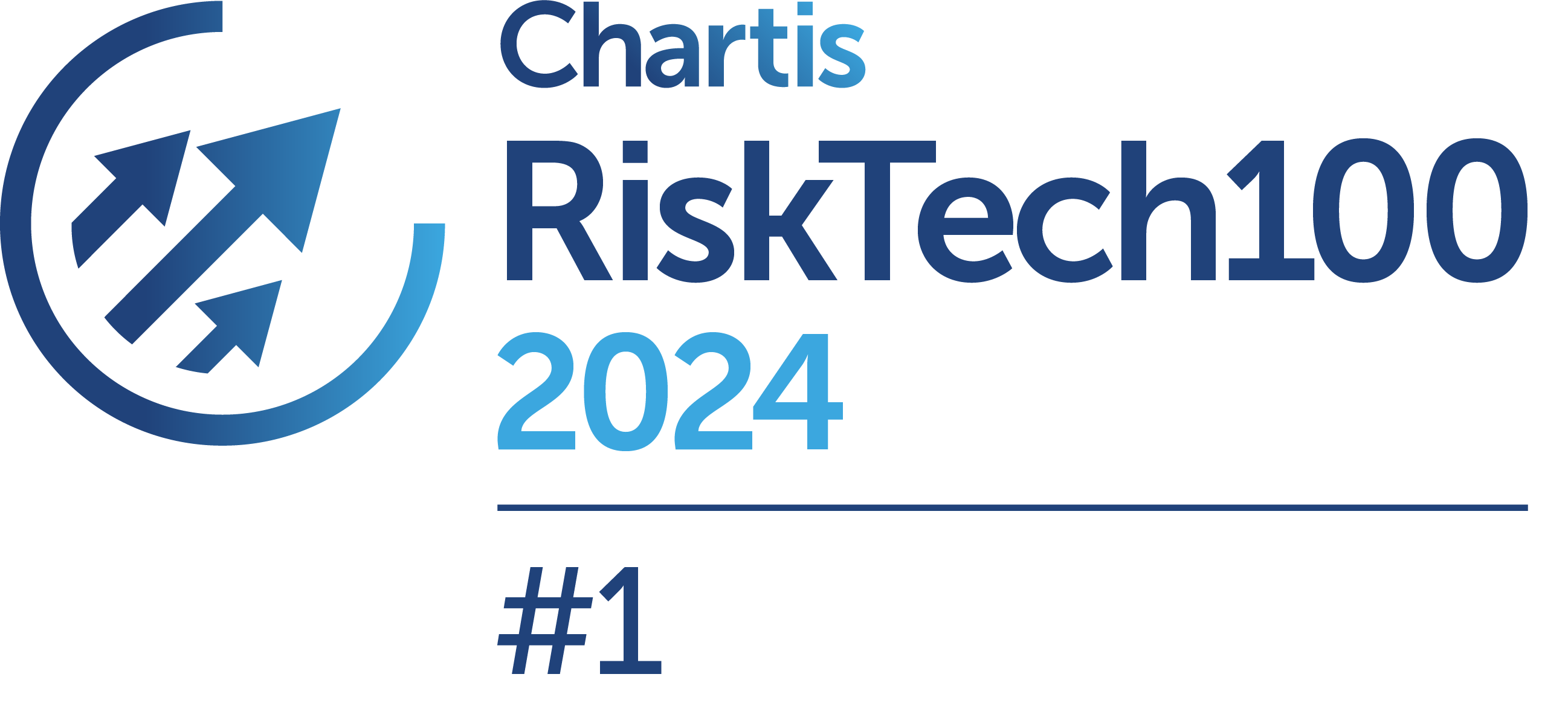OCC Updated LIBOR Self-Assessment Tool for Banks
The Office of the Comptroller of the Currency (OCC) published a bulletin that provides an updated self-assessment tool for banks to evaluate their preparedness for cessation of the London Interbank Offered Rate (LIBOR). This bulletin applies to community banks, but the applicability of some concepts depends on the nature and extent of the LIBOR exposure of a bank. The updated self-assessment tool includes questions and considerations regarding the robustness of replacement rates.
Bank management can use this self-assessment tool to evaluate the bank’s risk management process for identifying and mitigating LIBOR transition risks. However, not all sections or questions in the tool apply to all banks. Bank management should tailor the bank’s risk management process to the size and complexity of the bank's LIBOR exposures. OCC expects banks to cease entering into new contracts that use LIBOR as a reference rate as soon as practicable and no later than December 31, 2021. OCC specifies that when assessing a replacement rate, bank management should evaluate whether the:
- rate always reflects competitive forces of supply and demand and is anchored by a sufficient number of observable arm’s-length transactions, during all market conditions including periods of stress.
- rate’s underlying historical data are extensive, spanning a variety of economic conditions.
- rate’s administrator maintains durable methodology and governance processes to ensure the quality and integrity of the benchmark through periods of market stress.
- rate’s transparency provides market participants the ability to understand the methodology, permitting them to independently substantiate the rates published.
- market for financial instruments that use the rate is sufficiently liquid to allow for the effective management of market risk.
Moreover, when assessing preparedness, bank management should consider whether the bank’s progress in preparing for the transition is sufficient. LIBOR exposure and risk assessments and cessation preparedness plans should be complete or near completion with appropriate management oversight and reporting in place. When assessing preparedness, most banks should be working toward resolving replacement rate issues while communicating with affected customers and third parties, as applicable.
Related Links
Keywords: Americas, US, Banking, LIBOR, Benchmark Reforms, Self-Assessment Tool, Risk-Free Rates, LIBOR Transition, OCC
Previous Article
HM Treasury Sets Out Roadmap to Sustainable InvestingNext Article
BDF Updates Documentation for AnaCredit ReportingRelated Articles
BIS and Central Banks Experiment with GenAI to Assess Climate Risks
A recent report from the Bank for International Settlements (BIS) Innovation Hub details Project Gaia, a collaboration between the BIS Innovation Hub Eurosystem Center and certain central banks in Europe
Nearly 25% G-SIBs Commit to Adopting TNFD Nature-Related Disclosures
Nature-related risks are increasing in severity and frequency, affecting businesses, capital providers, financial systems, and economies.
Singapore to Mandate Climate Disclosures from FY2025
Singapore recently took a significant step toward turning climate ambition into action, with the introduction of mandatory climate-related disclosures for listed and large non-listed companies
SEC Finalizes Climate-Related Disclosures Rule
The U.S. Securities and Exchange Commission (SEC) has finalized the long-awaited rule that mandates climate-related disclosures for domestic and foreign publicly listed companies in the U.S.
EBA Proposes Standards Related to Standardized Credit Risk Approach
The European Banking Authority (EBA) has been taking significant steps toward implementing the Basel III framework and strengthening the regulatory framework for credit institutions in the EU
US Regulators Release Stress Test Scenarios for Banks
The U.S. regulators recently released baseline and severely adverse scenarios, along with other details, for stress testing the banks in 2024. The relevant U.S. banking regulators are the Federal Reserve Bank (FED), the Federal Deposit Insurance Corporation (FDIC), and the Office of the Comptroller of the Currency (OCC).
Asian Governments Aim for Interoperability in AI Governance Frameworks
The regulatory landscape for artificial intelligence (AI), including the generative kind, is evolving rapidly, with governments and regulators aiming to address the challenges and opportunities presented by this transformative technology.
EBA Proposes Operational Risk Standards Under Final Basel III Package
The European Union (EU) has been working on the final elements of Basel III standards, with endorsement of the Banking Package and the publication of the European Banking Authority (EBA) roadmap on Basel III implementation in December 2023.
EFRAG Proposes XBRL Taxonomy and Standard for Listed SMEs Under ESRS
The European Financial Reporting Advisory Group (EFRAG), which plays a crucial role in shaping corporate reporting standards in European Union (EU), is seeking comments, until May 21, 2024, on the Exposure Draft ESRS for listed SMEs.
ECB to Expand Climate Change Work in 2024-2025
Banking regulators worldwide are increasingly focusing on addressing, monitoring, and supervising the institutions' exposure to climate and environmental risks.





